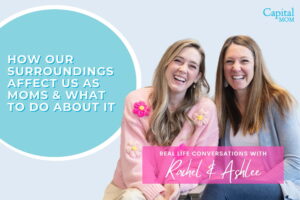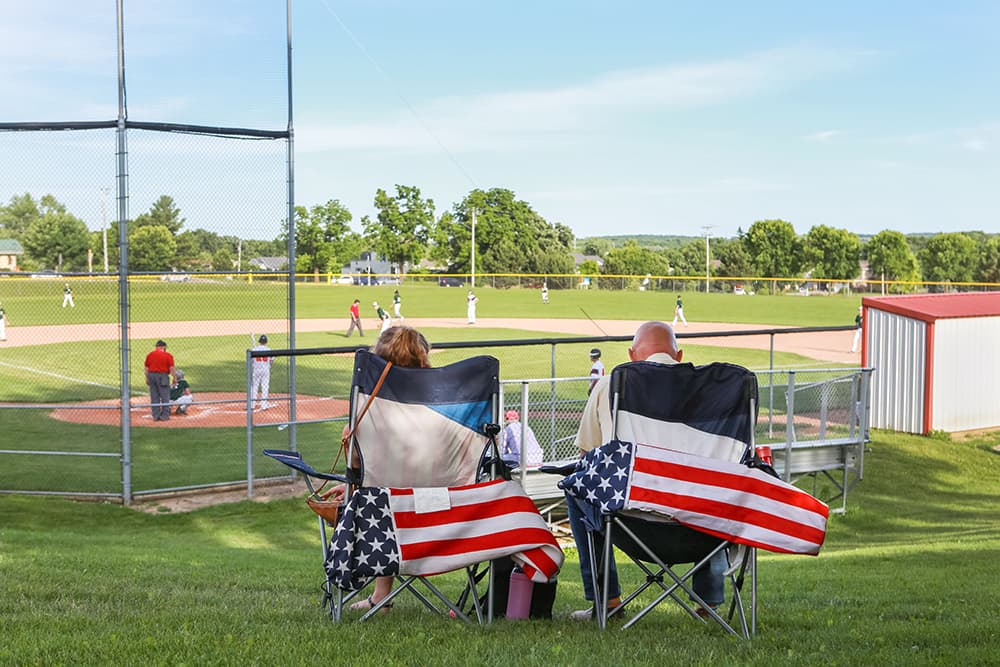
Fighting COVID-19 Fatigue
The notecard says “unplug and be thankful.” Life as we knew it changed in March. Our family made a choice to seek simplicity, extend grace and find joy in the quiet. Our family made the commitment to be intentional with our time together. Yet, this fall I faltered and gave into fatigue, gave into the negative. COVID-19 fatigue is real. It was (and still is) hard to be thankful.
There are days that I miss all the family time we encountered in the spring when COVID-19 halted our worlds. And honestly, I don’t want to lose those spring memories of how intentional our family was. Now, each day brings about feelings of being overwhelmed, exhausted and stressed. I could keep going on, however, I want to make a conscious effort to escape those feelings.
Therefore, I decided November was all about being intentional each new day. I want to be intentional about focusing on what I can appreciate this year instead of seeing the negative. I need to go back to the notecard, “unplug and be thankful.”
Being Intentional
When I focus on this mindset while not living my life on autopilot, I can see and appreciate how intentional my family is being right now. And seeing how intentional my family is during this time has been good for my soul and makes the feelings of being overwhelmed or exhausted melt away.
My husband and kids have made a conscious choice to be intentional. My husband has journaled every night since March reflecting upon his day. He has also been intentional about pursuing a doctorate degree in education even on those hard days. Our middle daughter has been intentional on healthy habits such as limiting her soda intake and a daily pushup routine. Our son has diligently been following his pushup routine while also finding time to read each day.
Fighting COVID-19 Fatigue Each Day
Nonetheless, being intentional is a choice. I long for simplicity. I long for love and being thankful. I long for grace. I long for a serving heart without compromising my own health. The choice is mine to make. The choice to unplug from the negativity and be thankful. The choice to not live my life on autopilot. The choice starts each morning with reading my notecard and ends each night with observing my family choosing to be intentional.
Those closest to me have been executing what I subconsciously have been telling myself I need to improve on. Their intentional natures will help me fight the negativity, fatigue and appreciate the good around me. And there is no better time to start being thankful than today.

Shelly Mowinkel
K-12 & Teens
My husband and I have three kids. Our oldest is a freshman in high school, and our youngest is in second grade. Most days, I feel like we are a “tag-team chauffeuring” service, yet I wouldn’t have our life any other way. Not only I am a business/technology teacher at Milford, I am also the district technology integration specialist. I love teaching because I get the opportunity to make those around me better. My hope is that, through my blogging, I am able to inspire, encourage, and share with you my adventures of being a wife, mother, and professional.

































